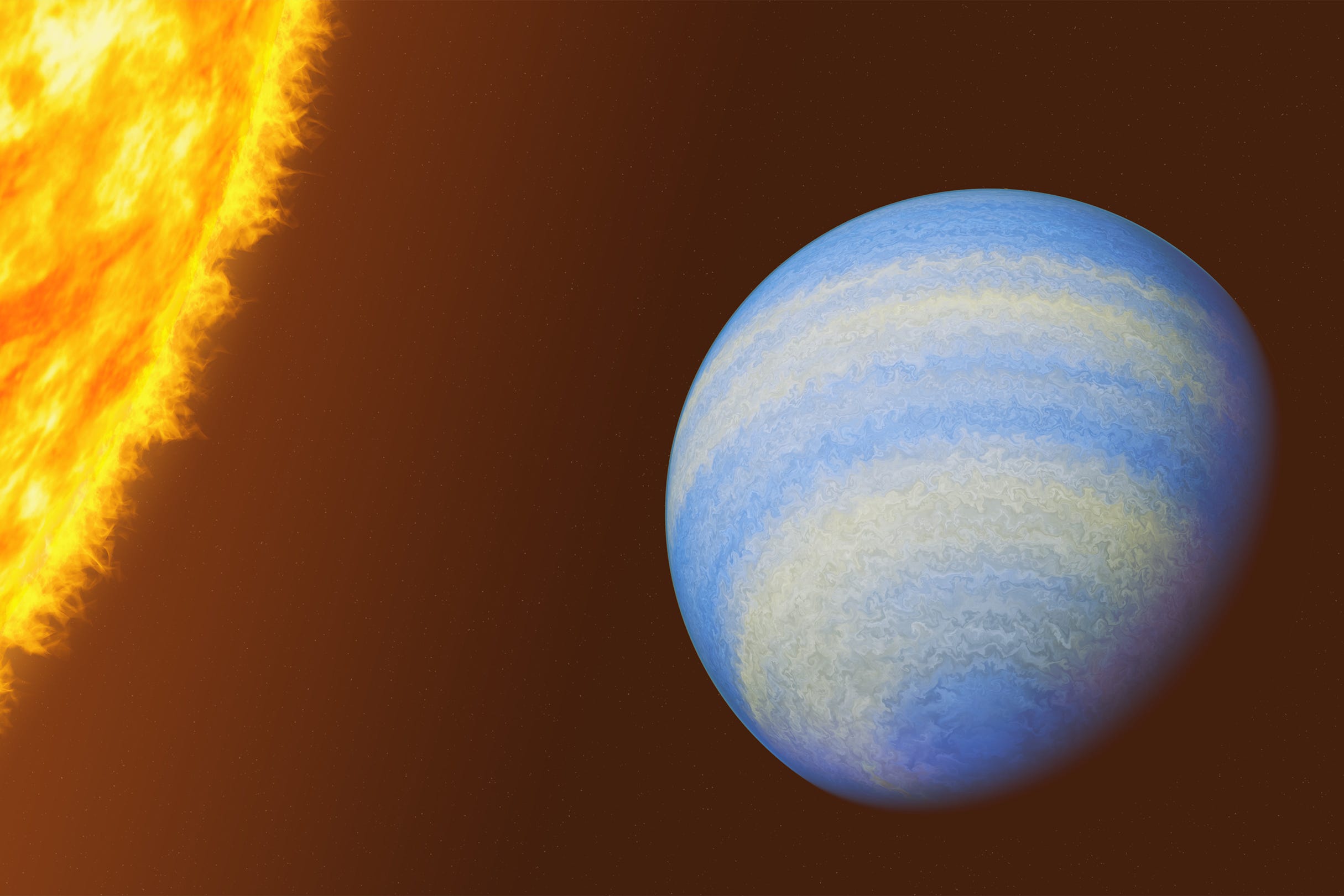New research has revealed the potential for an atmosphere around an Earth-sized planet located about 40 light-years away.
A team from the University of St Andrews has published a study on TRAPPIST-1e, suggesting the presence of oceans or an icy surface on the distant world.
Published in the Astrophysical Journal Letters, the findings indicate that the James Webb Space Telescope (JWST) is closer to determining whether TRAPPIST-1e possesses an atmosphere.
In a major international project, researchers have conducted the first search for an atmosphere and surface habitability of TRAPPIST-1e with the JWST, the fourth planet in the red dwarf star system TRAPPIST-1, which orbits firmly within the star’s habitable zone.
Planet 1e is of particular interest because the presence of liquid water is theoretically viable, but only if the planet has an atmosphere.
Initial results point to several potential scenarios, including the exciting possibility of an atmosphere. These discoveries represent a significant step forward in the ongoing quest for habitable conditions beyond our own planet.

Dr Ryan MacDonald, lecturer in extrasolar planets in the School of Physics and Astronomy at the University of St Andrews, said: “TRAPPIST-1e has long been considered one of the best habitable zone planets to search for an atmosphere.
“But when our observations came down in 2023, we quickly realised that the system’s red dwarf star was contaminating our data in ways that made the search for an atmosphere extremely challenging.”
The researchers aimed the JWST’s powerful NIRSpec (Near-Infrared Spectrograph) instrument at the system as planet 1e passed in front of its star.
Starlight passing through the planet’s atmosphere, if there is one, will be partially absorbed and the corresponding changes in the light spectrum that reaches the JWST tell astronomers what chemicals are found there.
But astronomers must also carefully account for starspots, spots created by local magnetic fields on the surfaces of stars, from the red dwarf star.
The team spent over a year carefully correcting the data for the star’s contamination before they could zero in on the planet’s atmosphere.
Dr MacDonald, who contributed to the analysis of TRAPPIST-1e’s spectrum, added: “We are seeing two possible explanations. The most exciting possibility is that TRAPPIST-1e could have a so-called secondary atmosphere containing heavy gases like nitrogen. But our initial observations cannot yet rule out a bare rock with no atmosphere.”
The researchers are now obtaining further JWST observations of TRAPPIST-1e to enable a deeper search for an atmosphere.
With each additional transit, the atmospheric contents become clearer.
Dr MacDonald, continued: “In the coming years we will go from four JWST observations of TRAPPIST-1e to nearly 20, we finally have the telescope and tools to search for habitable conditions in other star systems, which makes today one of the most exciting times for astronomy.”







